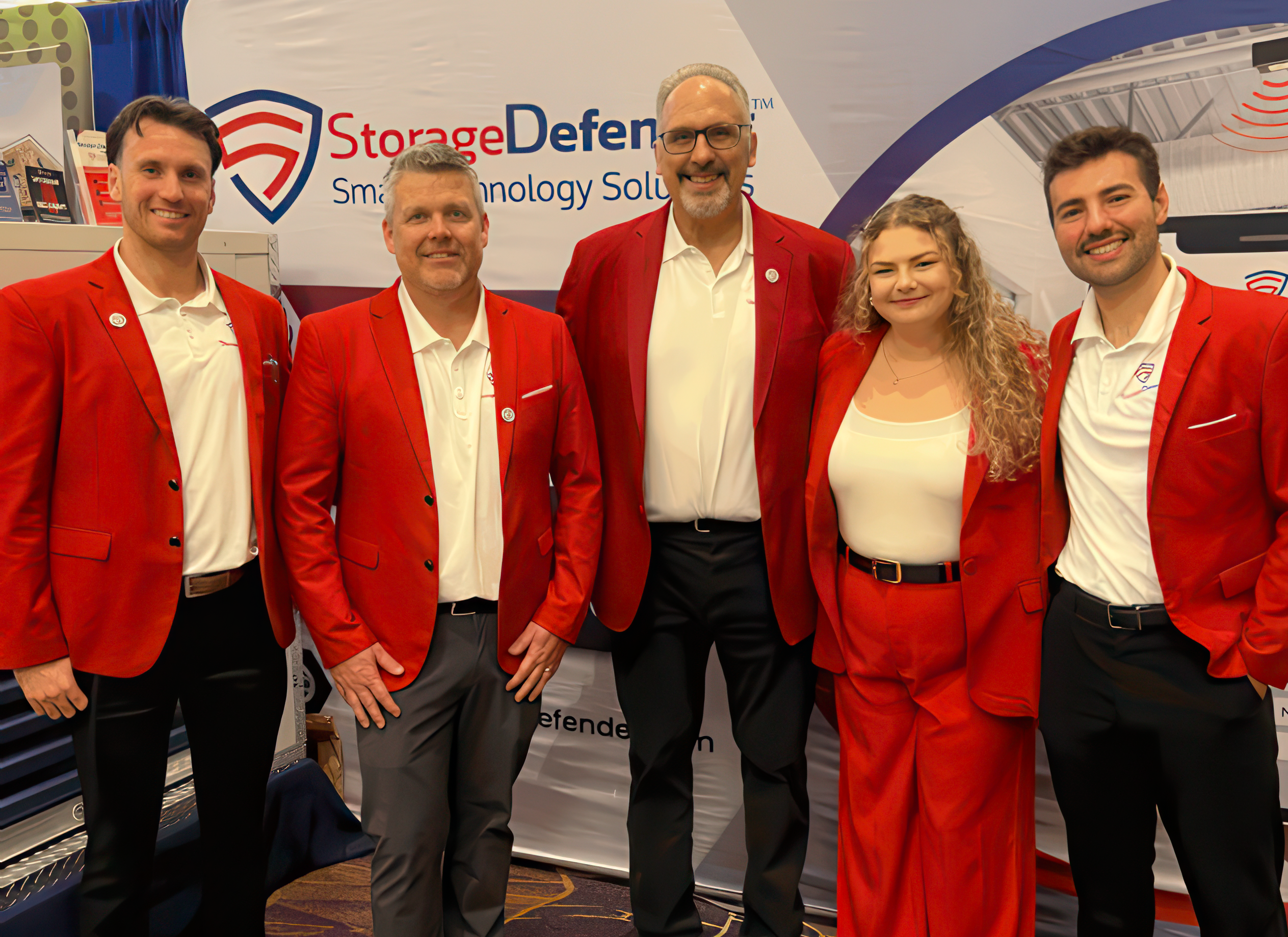Bring On The Perks! Creating An Attractive Benefits Package
According to the U.S. Bureau of Labor Statistics, the unemployment rate fell from 3.8 percent in March 2019 to 3.6 percent in April—the lowest jobless rate the country has seen since December 1969. While this is wonderful news, many employers are having a difficult time finding employees to fill the shoes of retiring baby boomers, cancel out employee turnover, and/or take on the new positions that were created to help their companies grow.
To make matters worse, a Harris Poll that surveyed more than 1,000 American workers about the 2019 job market revealed that approximately 32 percent of the workers polled said they were looking to change jobs this year. The two main reasons the survey respondents wanted to enter the job market were low compensation or a lack of benefits (15 percent) and poor company culture (10 percent). What’s more, this particular study found that location (56 percent), affordable benefits plans (55 percent), job stability (55 percent), a good boss (48 percent), and a good work culture (44 percent) were more important to employees than their take-home pay.
Therefore, in an attempt to attract and retain employees, employers are looking to bulk up their benefits packages. Amy Glaser, a senior vice president at Adecco, a staffing company, states that some of the most notable perks include upgraded cafeterias, day care centers, and telecommuting options, as well as subsidies for work-related travel expenses such as gas and parking.
While there is no standard benefits package within the self-storage industry, nor any defined guidelines to follow, many companies have found success with their own unique perks. “How you attract and retain talent is part of a business’ secret sauce,” says Anne Mari DeCoster, executive director of the Arizona Self-Storage Association (AZSA). “People generally don’t share that info.”
For that reason, this article will discuss some of the most common benefits and provide ideas for ones that most businesses can incorporate into their existing benefits packages to make them more alluring to job candidates.
Wage Wars
With a record-low employment rate, it’s safe to say that it’s a good job market. But a good job market can make it more difficult for employers to retain employees. “Paying a living wage helps attract quality candidates,” says Anne Mari DeCoster, executive director of the Arizona Self-Storage Association (AZSA), adding that increasing a manager’s wages, to say $15 per hour, will make a huge difference in the quality of candidates you attract for the position.
The Basics
Typically, a benefits package contains a few basic elements: some sort of healthcare and paid time off. However, those benefits vary widely. These benefits, like any you choose to offer, can also differ depending upon an employee’s status (full time, part time, relief, etc.)
Healthcare can include medical, dental, and vision plans that are covered either in full or in part by the employer. If not fully covered by the employer, the employee is responsible for the remainder. Some employers give employees options for healthcare coverage. For instance, Universal Storage Group (USG), based in Atlanta, Ga., offers two medical plans—one of which USG pays $350 toward the full-time employee’s portion. The company also provides its employees with access to TeleHELP, a phone service that enables employees to speak with a doctor about their health-related symptoms instead of going to a doctor’s office and paying a co-pay for the visit. The TeleHELP physician can prescribe prescriptions for common ailments.
Other employers may opt to open and pay into medical savings accounts for employees instead of providing healthcare plans. In addition, discount prescription programs can help alleviate costs for both parties.
As for paid time off, the total and type of time off is at the employer’s discretion—unless your state has laws in place that govern it. Paid time off can include sick days, vacation days, holidays, and birthdays. While some employers have set amounts of paid time off for every employee, regardless of how long they’ve been with the company, others enable employees to accumulate hours over time and/or increase paid time off based on years of service.
For example, one company may give every employee a total of five paid days off each year, and another may award one paid day off after each full month worked. With the latter option, the employee may see the time-off system as an incentive to stay with the company for a longer duration.
Several other basic benefit options include paid bereavement leave for employees who lose a member of their immediate family, maternity leave, life insurance, disability, and retirement savings plans such as 401(k). Once again, the employer can decide the amounts they want to contribute on behalf of the employees. Many employers who provide 401(k) plans will match the employees’ contributions up to a specified percentage, but others choose to contribute a certain amount on a monthly, quarterly, or yearly basis.
However, before you decide to add any of these “basics” to your offerings, it’s important to note that the benefits that you feel are important may not be attractive to your current or potential employees. For this reason, Todd Amsdell, president of the Amsdell family of companies, which owns and operates self-storage facilities under its Compass Self Storage brand, encourages employers to survey employees about the benefits they’d most appreciate before adding or expanding a benefits package. His company did and the feedback they received was surprising. According to Amsdell, the benefits that were historically valued, such as medical and retirement plans, weren’t ranked as high up on employees’ list of preferred benefits as compensation and time off. He stated that his team placed a higher value on the more tangible items, likely because they are younger and feel they “may never get sick but need to pay the rent”. “They want the benefits they can touch, feel, and utilize in the here and now,” adds Amsdell.
Where To Start
Creating a benefits package can be a massive undertaking, especially when it comes time to find the funds to pay for one. Todd Amsdell, president of the Amsdell family of companies, suggests seeking assistance through civic groups and local chambers of commerce. “They are a great place to start,” he says, noting that they exist to help the business community.
There are also co-ops, corporate purchasing options, group rates, and professional employer organizations (PEOs) available that can cut costs. USG partners with a PEO to provide its full-time employees with a comprehensive benefits package. A PEO is an outsourcing firm that provides services to small and medium-sized businesses.
The Extraordinary
Everyone knows that Google has a pretty extravagant “campus” for its employees, but the company also provides some extraordinary benefits to attract and retain top talent. For starters, Google has paid maternity leave and paid paternity leave. According to employees, new fathers receive six weeks of paid leave, while mothers can take 18 weeks of paid leave. The company even gives new parents a bonus called “baby bonding bucks” after the baby is born to help pay for diapers and other necessities. Google also provides its employees with free on-site daycare centers.
The company’s family-first approach to benefits doesn’t end there. In fact, should an employee pass away while working at Google, his/her spouse will continue to receive half of the deceased employee’s salary for the next 10 years. An additional benefit of $1,000 per month is given for any of the deceased employee’s children.
Although the examples above may be too costly for small businesses to implement, they could inspire more affordable options. For instance, consider forming a partnership with a local day care center. You could provide the center with a free storage unit in exchange for a discounted childcare rate for employees. What’s more, there isn’t a new parent around who wouldn’t appreciate a gift certificate for a local restaurant to grab some take-out when they are too exhausted to cook or a gift card to put towards the purchase of a box of diapers. To turn either of those ideas into a part of your benefits package, simply call it an “infant allowance”. Keep in mind: The amount isn’t as important as the thought behind the gesture!
Economical Extras
Many self-storage facilities already conduct business-to-business marketing and referral programs to obtain new customers, but some of those partnerships have potential for expansion. You could offer local companies discounted rates for units in exchange for discounts on their products and services. Some self-storage facilities have referral boards or books in their offices with business cards from local companies as a means for generating business for others. Start with the small businesses that currently use your facility for storage. It’s highly likely that a local plumbing/lawn care/painting/etc. company would be willing to give your employees a discount on labor costs to receive a reduced rental rate and obtain new customers.
At USG, employees have what the company calls “Power Benefits,” which are simply discounts for various services and insurances that many employees already use, such as car insurance and cell phone plans. Think about some of the products and services that you use regularly or ask your employees for suggestions. Then, try to secure discounted rates for those items or figure out a way to provide that service in-house. For instance, if you have a staff accountant who does the tax preparations for the business, perhaps you could provide free tax prep to your employees. Some companies that have financial advisors on staff extend their services to the employees through individual “counseling” sessions about budgeting, debt management, and the like.
You could also provide employees with free memberships to local businesses that have low monthly or annual fees. Here are two inexpensive examples that your employees may appreciate: A basic Sam’s Club membership is only $45 per year and a basic gym membership to Planet Fitness is approximately $160 a year.
Again, it’s wise to investigate before you invest. “Talk to employees,” says Tonia Fowler, HR coordinator at Universal Storage Group. “Find out what’s important. There are many options, so get their input. You may find a benefit isn’t of interest to employees.”
Enticing Environments
Nowadays, the work environment and company culture are becoming more important. Employees want to know that they are valued. Amsdell makes a sports analogy to get this point across, stating that every professional player wants to be on the team with the best club house and the most perks. Therefore, he suggests creating an environment that employees will want to work in, one that is “bright and cheery” and provides them with “nice, brand name” uniforms.
Besides sprucing up the office to make it more inviting, there are countless ways to establish a company culture that puts employees, community, and fun at the forefront. Here are some suggestions:
- Flexible work schedules
- Telecommuting options
- Dress-down days
- Companywide parties/outings/picnics/events/etc.
- A company sports team
- Volunteer opportunities/charitable giving
- Friendly employee competitions
- Catered meetings/meals
- Employee recognition programs
- Custom workspace options
- On-site exercise spaces
- Paid training/schooling
- Courtyards or picnic areas
- Kitchens equipped with all the tools necessary to prepare a meal
- Coffee bars
- Work anniversary gifts
- Holiday/birthday/milestone celebrations and/or gifts
- Bring-your-pet-to-work days
Amsdell also adds that, because we spend so much time working, employers should create rewarding situations that enable employees to thoroughly enjoy their jobs. As an example, his company hosts employee contests on both the national and district levels. From tickets to a concert or sporting event to a paid day off—the prize possibilities are endless!
Keep this in mind: The days of a paycheck being enough to keep an employee happy and motivated are gone. To have productive employees, you should find ways to reward them for their efforts. Consider buying an employee lunch for receiving a 100 percent on a mystery shop or a five-star review for exceptional customer service. There are plenty of situations that deserve recognition, such as perfect attendance or always being on time for their shifts. Remember, when you reward exemplary behavior, those behaviors will continue.
Bonus Programs
Due to the sales aspect of self-storage, some businesses within the industry offer bonus programs. Bonuses enable employees to increase their earnings and motivate them to bring their A-game to work each day. There are no set rules for bonuses, but industry professionals have found that managers are more likely to stay motivated by the ones that are paid out monthly or quarterly vs. annually. Some self-storage companies even provide all three (monthly, quarterly, and yearly bonuses) to their hard-working employees.
You can also set different bonus amounts for various goals or items. Self-storage business could have bonuses related to tenant insurance sales, retail merchandise sales, and unit rentals, as well as the reduction of expenses, delinquencies, auctions, or any other aspect where you want to see results.
It all starts with setting a goal. When the employee reaches that goal, you give them a bonus. The bonus can be a flat rate or a certain percentage. Here’s one example: An employee is expected to sell $20 of retail merchandise to every customer or $200 a month. If the employee meets that goal, he/she receives the bonus. If the employee exceeds that goal, you could even increase the incentive or bonus.
In the end, bonuses are a win-win scenario for both the employee and the employer. The employer is generating additional revenue and the employee is increasing his/her income.
The Benefit Of Benefits
When it comes down to it, benefits are becoming necessary to better compete for quality candidates. Case in point: If two property manager positions offer the same salary but one has a benefits package, it’s not difficult to guess which job a candidate will accept. Therefore, in order to attract applicants and avoid costly turnover, benefits are worth every cent!
Moving On Up!
Despite the fact that most new self-storage facilities do not include on-site apartments for resident managers, there are still plenty of facilities across the country that have them. On-site apartments can be a huge benefit for self-storage managers, especially if you are willing to foot the bill for utilities and/or the facility is located in a market with high living costs. If you’d rather not handle the legal responsibilities associated with having resident manager, consider converting it into a nice breakroom for employees to enjoy—another pleasant perk!
More Content
Popular Posts
The self storage industry is in a precarious...
Joe Shoen, CEO of U-Haul, has had enough.
Like its name implies, Surprise, Ariz., a...
Joe Shoen has had enough.
In a record-breaking deal finalized May 12,...
Senate Bill 709 (SB709) has many in the...
Donald Trump has just reclaimed the White...
The question of “abandonment” of stored...
Self-storage operators wear a lot of hats....
In 1992, Clinton strategist James Carville...
Recent Posts
When Neville Kennard left for a work trip to...
Self-storage software is no longer...
The self-storage industry continues to...
Fires in California. Tornadoes in Kansas....
From policy pivots in Ottawa to tariff...
Self-storage operators have struggled to...
Their signature red coats may draw attention...
Nailing down Josh and Melissa Huff for an...



















